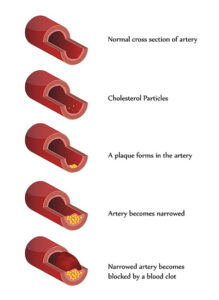
Considering the number of ailments that are being resolved with medical breakthroughs, it is surprising to see that the number of people suffering from vitamin D deficiency is rising each year. Moreover, it is a vitamin that is naturally produced in the body, so this aspect can be a little disconcerting. Whatever the reason, let’s take a look at what happens if you are not up to par with your daily vitamin D intake.
What is Vitamin D good For?
Vitamin D is a nutrient that is fat soluble, and runs a wide array of vital functions in the body including the following:
- Maintaining Healthy Bone Density and Strength – Vitamin D can help with better absorption of phosphorous, magnesium, and calcium in the body. This helps improve bone strength and density, effectively keeping conditions such as osteoporosis, osteomalacia, or rickets at bay.
- Supports the Immune System – You can also get a healthier immune system with the help of vitamin D. In children, it reduces the risk of developing influenza by at least 40% whereas adults are less likely to catch the flu. It also reduces the risk associated with cancer and other autoimmune diseases.
- Improves the Nervous System – Healthy amounts of vitamin D in the body can also help keep your nervous system in good condition. It improves neuromuscular function and reduces muscle pain which in turn, end up reducing your risks of developing conditions such as fibromyalgia.
- Keeps the Brain Healthy – Brain health and brain function are enhanced by vitamin D. It promotes healthy activity, which reduces depression and anxiety. It has also been linked with reducing the chances of someone developing neurodegenerative diseases such as Alzheimer’s or schizophrenia.
- Supports Healthy Cardiovascular Function – Conditions like hypertension and high blood pressure can also be reduced or prevented with the help of vitamin D. Healthy heart health also means that you are not at risk from other cardiovascular conditions that could afflict you and are related to hypertension and high blood pressure.
- Regulates Insulin – Conditions such as diabetes can be prevented with healthy levels of vitamin D in the body. Insulin production, as well as release and breakdown, are regulated and stay in check with a good amount of this nutrient in your body.
With so many tangible benefits and more, it is easy to see that vitamin D plays an essential role in maintaining good health.
A Little Sunshine Wouldn’t Hurt

Vitamin D, also known as the Sunshine Vitamin, is naturally produced when your skin is exposed to sunlight. Around 50% to 90% of vitamin D in the body is made through sun exposure.
While you can take supplements or make sure you are eating foods that have vitamin D in them, it is usually not enough and cannot even cover 50% of your body’s daily requirement. For this reason, spending time in the sun is a better option. A recent study has shown that the best time to allow your body to create vitamin D is early morning and between 11:00 and 1:00 under direct sunlight. Unfortunately, many people do not spend as much time in the sun as they should.
Given the risks you face, it is troubling to see why there is such a major deficiency of Vitamin D on a global level. The main reason is that people no longer spend as much time in the sun as they previously used to.
Three Reasons Why People Don’t Spend Time in the Sun
Unfortunately, despite all the data pointing to this factor, people are still avoiding time in the sun. The following are four major reasons why people don’t spend time indoors:
-
-
Spending More Time Indoors
-
We have slowly crafted our lives to spend them indoors. Whether one is at work, school university, or even shopping, your time in the sun is extremely limited. Even when someone is at home, our hobbies are such that we would much rather watch television or play video games than go outdoors.
-
-
Skin Cancer and Sun Exposure
-
Sun exposure has been linked with increasing the risk of developing skin cancer, which is why many people actively avoid sun exposure. While you only need to spend 15 to 30 minutes in strong sunlight to make vitamin D, many people are not keen on spending time in the sun. Even if they are outdoors, they will have sunscreen on, which inhibits UVB rays from being absorbed by the body.
-
-
Beauty Standards
-
Sun exposure has also been linked with skin damage and increases the appearance of fine lines which makes people more hesitant about going outdoors. Even when they do, they will make sure to keep the skin covered and apply sunscreen.
These reasons might appear small, but avoiding the sun at all costs can cause a vitamin D deficiency in a person. At a global level, it is estimated that more than a billion people have a deficiency when it comes to this vitamin.
Four Major Signs of Vitamin D Deficiency

Another surprising factor is that the symptoms of a Vitamin D deficiency can often be overlooked as some other ailment. The following are some major signs that can point to a deficiency in the body:
-
-
Weak Immune System
-
From the flu to pneumonia, influenza, and more, if you are constantly falling ill, you might have a vitamin D deficiency.
-
-
Fatigue
-
Chronic fatigue syndrome or unexplained tiredness, even when you aren’t overworked, can point to a vitamin D deficiency.
-
-
Pain in the Bones
-
Pain in your bones can occur when they are brittle or soft. Before the condition worsens, the pain can be the only major factor regarding it.
-
-
Depression and Moodiness
-
Vitamin D deficiency has also been linked with moodiness, depression, and anxiety. It is also the reason why many people often experience SAD – seasonal affective disorder during the winter.
If left unchecked, your vitamin D deficiency can cause serious complications to your health. If you or someone you know is exhibiting any of the signs of a deficiency, be sure to get some tests done to determine this factor. Never self-diagnose to avoid any further complications. Contact your physician for a vitamin D checkup.
Foods Rich in Vitamin D
Wild salmon is one of the best sources of vitamin D, as well as light tuna. Mushrooms, milk, and orange juice are also great sources of this nutrient. And don’t forget about egg yolks. In addition, you may want to consider taking a vitamin D supplement. Speak to your doctor for professional advice if you think you are vitamin D deficient.


 You don’t avoid bringing your car in for routine maintenance, right? Then you should do the same thing with your body. With that said, the older you are, the more this should apply.
You don’t avoid bringing your car in for routine maintenance, right? Then you should do the same thing with your body. With that said, the older you are, the more this should apply. 

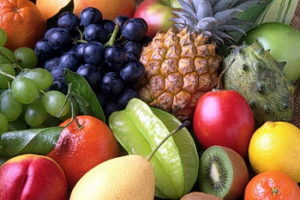 We are not talking about dieting, although much of what is discussed here can apply to
We are not talking about dieting, although much of what is discussed here can apply to 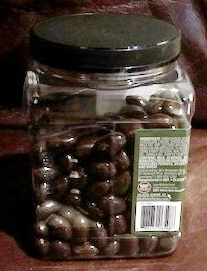
 Green tea is a winner
Green tea is a winner Did you really think that we were not going to let you read this article without the mention of
Did you really think that we were not going to let you read this article without the mention of  OSA consists of the complete obstruction of the airway while sleeping. This obstruction prevents air from entering the lungs. Obstructive Sleep Apnea is characterized by recurrent episodes of airway collapse during sleep. A critical issue with an apnea event is how long oxygen is cut off. When the airway is blocked for more than ten seconds oxygen loss begins to occur.
OSA consists of the complete obstruction of the airway while sleeping. This obstruction prevents air from entering the lungs. Obstructive Sleep Apnea is characterized by recurrent episodes of airway collapse during sleep. A critical issue with an apnea event is how long oxygen is cut off. When the airway is blocked for more than ten seconds oxygen loss begins to occur.
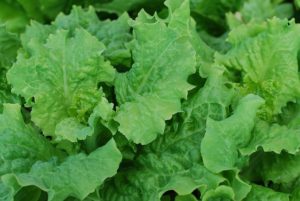
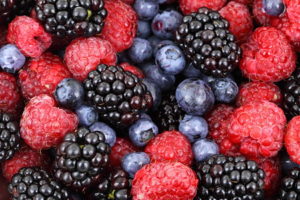 Strawberries, blueberries, and raspberries look and taste good. But more importantly, their regular use also results in lowering high blood pressure. As per research studies, the pigment (
Strawberries, blueberries, and raspberries look and taste good. But more importantly, their regular use also results in lowering high blood pressure. As per research studies, the pigment (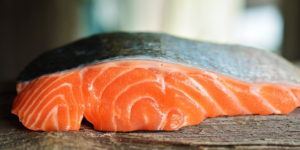 There are many among us who love
There are many among us who love 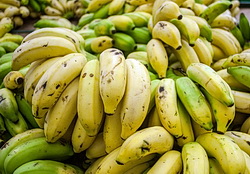

 Although you might think it is the end of the world, it is not. Below are some suggestions that have been proven to work. All it takes is a simple tryout and then you can see which ones will work for you. The idea is to find something that will stop you from worrying and subsequently give your body some rest from feeling anxious, which can lead to numerous physical issues. You can stop it and if there is one factor to emphasize, it is don’t give up!
Although you might think it is the end of the world, it is not. Below are some suggestions that have been proven to work. All it takes is a simple tryout and then you can see which ones will work for you. The idea is to find something that will stop you from worrying and subsequently give your body some rest from feeling anxious, which can lead to numerous physical issues. You can stop it and if there is one factor to emphasize, it is don’t give up!




 There is nothing wrong with fantasizing about better times or thinking about things you might like to do in the future, so long as you keep it in perspective and don’t lose sight of the fact that it is not your reality just yet.
There is nothing wrong with fantasizing about better times or thinking about things you might like to do in the future, so long as you keep it in perspective and don’t lose sight of the fact that it is not your reality just yet. Anger can no doubt bring along stress and anxiety. One thing that should be done is not to keep that anger within yourself. Talk to someone about it. If they can’t help, at least you have an outlet to vent your frustrations.
Anger can no doubt bring along stress and anxiety. One thing that should be done is not to keep that anger within yourself. Talk to someone about it. If they can’t help, at least you have an outlet to vent your frustrations.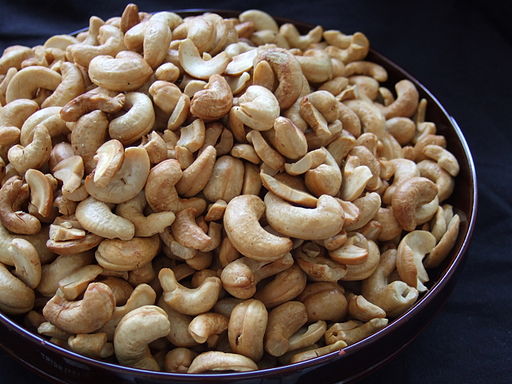
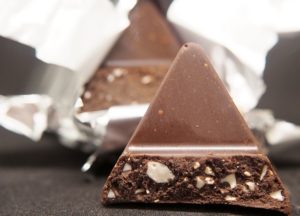

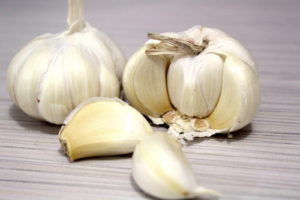


 By making little adjustments in your daily commute to the office, work or college, you can add an easy calorie-burning routine to your schedule. For instance, if your work destination is nearby your home and local traffic laws allow the bike ride on the roads then consider yourself lucky because an hour of biking with moderate speed can burn more than 500 calories!
By making little adjustments in your daily commute to the office, work or college, you can add an easy calorie-burning routine to your schedule. For instance, if your work destination is nearby your home and local traffic laws allow the bike ride on the roads then consider yourself lucky because an hour of biking with moderate speed can burn more than 500 calories!  Having a pet in the house can be great for your mood. It also helps in creating an amiable environment in the house.
Having a pet in the house can be great for your mood. It also helps in creating an amiable environment in the house. 
 If your home has an outdoor space, then you can also put it to use to burn some more calories. Set up a small garden there and take up all its maintenance and sprucing activities on your own. While providing you with a great environmental friendly hobby, light gardening activity (watering, weed removal etc) for half an hour can help you in burning more than 100 calories. You can also grow some seasonal vegetables to save some bucks on your grocery shopping.
If your home has an outdoor space, then you can also put it to use to burn some more calories. Set up a small garden there and take up all its maintenance and sprucing activities on your own. While providing you with a great environmental friendly hobby, light gardening activity (watering, weed removal etc) for half an hour can help you in burning more than 100 calories. You can also grow some seasonal vegetables to save some bucks on your grocery shopping. While sitting at your desk at work, you don’t need to walk for more than a few seconds throughout your shift. You can make a simple amendment in this stagnant activity to add more of a whole body movement in your working hours.
While sitting at your desk at work, you don’t need to walk for more than a few seconds throughout your shift. You can make a simple amendment in this stagnant activity to add more of a whole body movement in your working hours.


